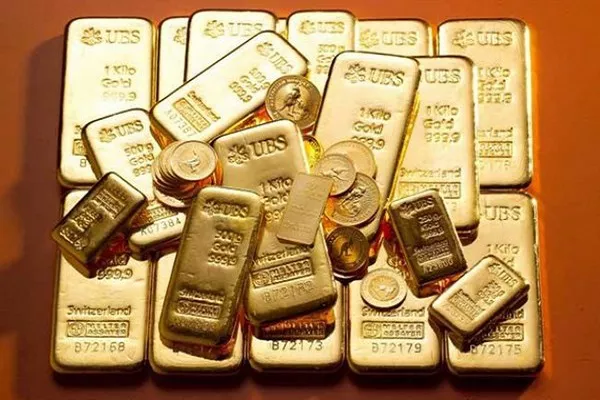The term “spot” in the context of gold refers to the current market price at which gold can be bought or sold for immediate delivery and settlement. Understanding the concept of the spot price is crucial for participants in the gold market, whether they are investors, traders, or industry professionals. In this exploration, we delve into the intricacies of what “spot” means in the realm of gold.
1. Defining Spot Price
The spot price of gold is the real-time market value of one troy ounce of gold at a specific moment in time. This price is dynamic, changing continuously as market conditions, supply and demand dynamics, and other factors influence the value of gold. The spot price is often quoted in major currencies such as US dollars and euros.
2. Immediate Transaction Settlement
Spot transactions involve the immediate exchange of cash for physical gold or gold contracts with no delay in delivery. The settlement is “on the spot,” distinguishing it from futures or forward contracts where the delivery and payment occur at a predetermined future date.
3. Factors Influencing the Spot Price
Several factors contribute to the determination of the spot price of gold:
Global Supply and Demand:
The basic economic principles of supply and demand play a significant role. Changes in gold production, industrial demand, and investor sentiment can influence the spot price.
Market Conditions:
The spot price is highly sensitive to current market conditions. Factors such as economic indicators, geopolitical events, and fluctuations in currency values can impact the spot price of gold.
Interest Rates:
The relationship between interest rates and the spot price is inverse. Higher interest rates may lead to lower gold prices, as the opportunity cost of holding non-interest-bearing assets like gold increases.
4. Transparency and Price Discovery
The spot price serves as a crucial tool for price discovery in the gold market. It reflects the consensus of market participants at any given moment, providing a transparent benchmark for gold transactions globally. The spot price is widely used as a reference point for valuing gold in various forms, from coins and bars to jewelry.
5. Role in Physical Gold Transactions
For those involved in the physical gold market, such as jewelry makers, manufacturers, and central banks, the spot price is a benchmark for buying or selling gold in its tangible form. The spot price influences the cost of raw materials for jewelry and industrial applications, as well as the value of gold reserves held by central banks.
6. Trading Gold Derivatives and ETFs
In addition to physical transactions, the spot price is instrumental in trading gold derivatives, such as futures contracts and exchange-traded funds (ETFs). Derivative instruments are often linked to the spot price, allowing investors to gain exposure to gold price movements without directly handling physical gold.
7. Challenges in Determining Spot Price
While the spot price is widely accepted as the current market value, challenges exist in determining a single universally agreed-upon spot price. Different financial institutions and markets may slightly vary in their quoted spot prices due to factors such as transaction costs, dealer premiums, and currency exchange rates.
Conclusion: Navigating the Fluidity of Gold Spot Price
In conclusion, the concept of “spot” in gold is synonymous with immediacy and precision. The spot price serves as a dynamic benchmark, reflecting the real-time value of gold and facilitating transactions across the global market.
Navigating the fluidity of the gold spot price requires an understanding of the myriad factors influencing its movements. Whether engaging in physical transactions, trading derivatives, or monitoring the broader economic landscape, participants in the gold market benefit from a nuanced comprehension of the intricacies surrounding the spot price. As gold continues to stand as a symbol of wealth and stability, its spot price remains a key reference point in the ever-evolving world of finance.

